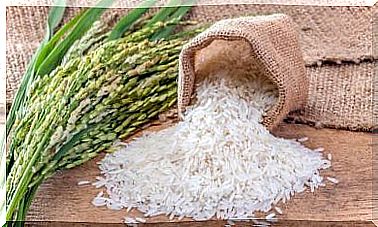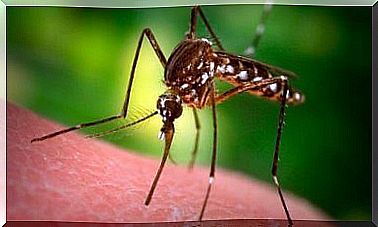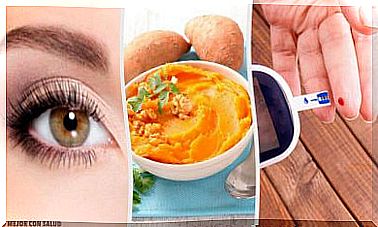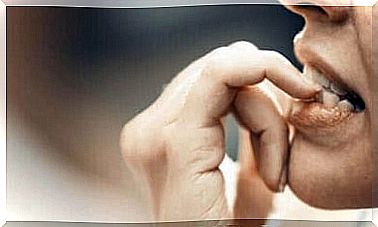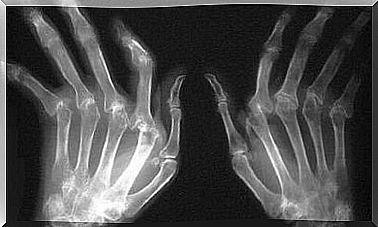5 Keys To Take Care Of Dyed Hair

Changing hair color is very common. Many people resort to dyeing their hair at some point in their lives. Whether you want to hide gray hair or change your look, dyeing is a great tool for giving yourself a makeover. However, do you know how to take care of your dyed hair?
Using dye can damage your hair if you don’t take more basic steps. Dyed hair becomes more fragile, sensitive, often dries out and becomes stiff.
It doesn’t matter if you go for highlights, a natural style or something more daring. The fact is that the color usually changes over time. When you go out the hairdresser’s door, the color looks perfect, but a few weeks later it starts to fade and the result is no longer what you expected.
Therefore, there are certain steps you need to take to get the most out of it. Here are five tips for caring for dyed hair.
Tips for caring for dyed hair
Wash
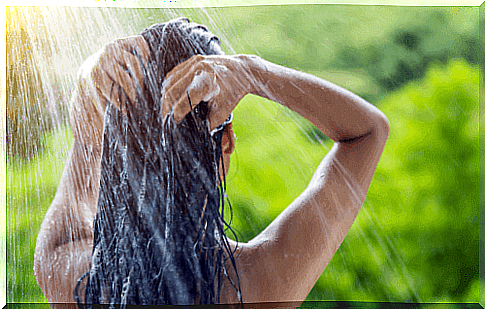
After your hair has been colored, it is recommended that you wait at least 24 hours before washing your hair. But once that time has passed, how does washing frequency affect how long the color lasts? There are many opinions about this. Many people believe that washing dyed hair causes the hair to lose color.
Experts tell us that in the case of temporary dyes, the number of washes affects the duration of the dye. However, with permanent dyes or highlights, the washing frequency has little influence. What determines the duration of the dye in this case is the growth of the hair.
Shampoo
When you have decided to dye your hair, it is essential to change your shampoo. This is the first step to take to prevent your hair from being dyed. There are many specialty shampoo options on the market for colored hair.
These products contain gentle formulas that nourish the hair fiber and, in addition to fixing pigmentation, reduce color oxidation. By using these shampoos you help to keep the color longer. If you don’t, the pigment will be removed faster and the hair will become dull and lose its shine.
Hydration: essential for dyed hair
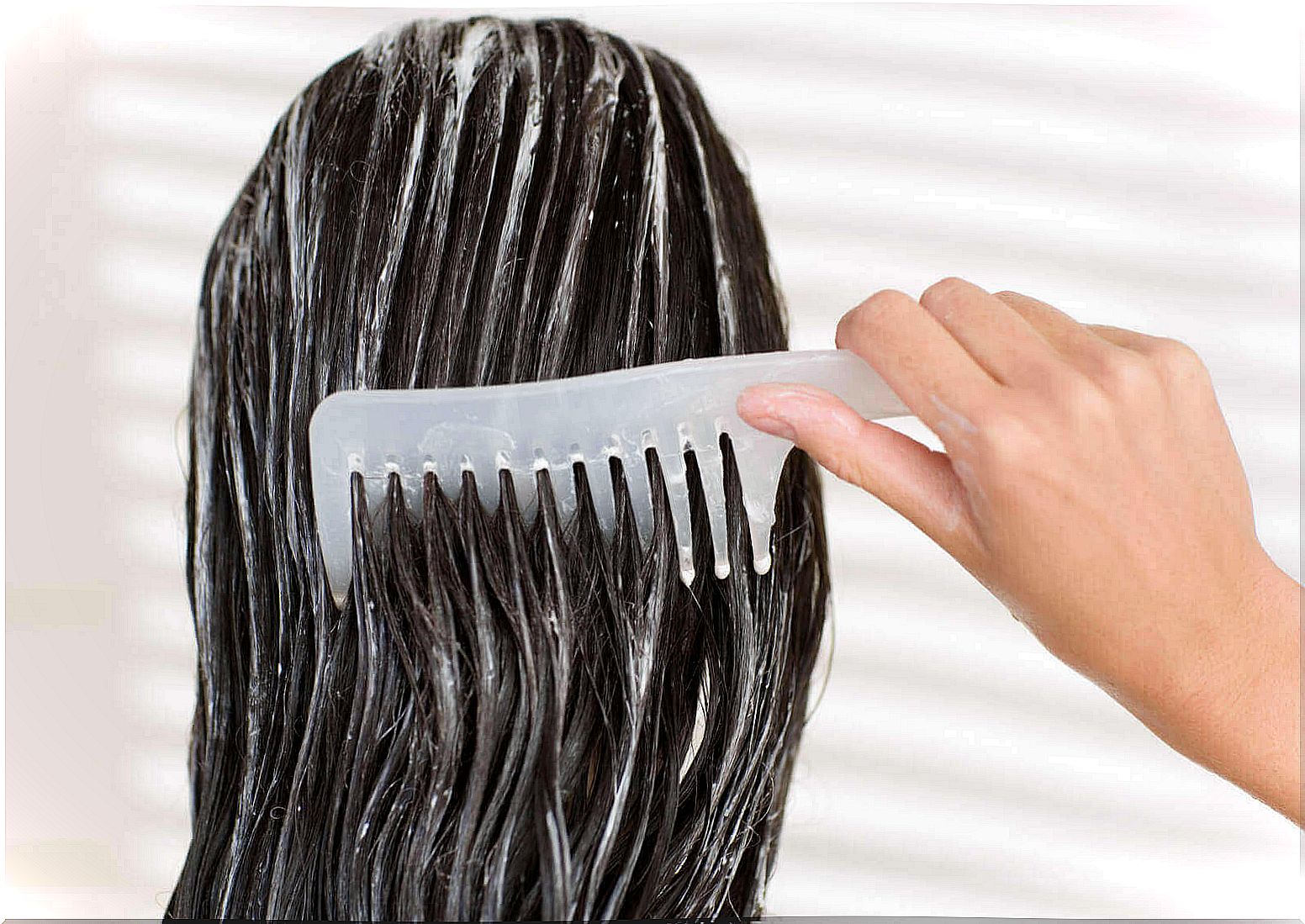
The biggest problem with dyed hair is dryness. Even women with oily hair may find their hair dries out when it’s dyed. The result is dry, coarse and dull hair. Therefore, one of the most important keys to taking care of your hair and avoiding damage is to keep it moisturized.
There are intensive hair care products such as moisturizing masks, which are ideal for combating damage from dyeing. These products keep the hair nourished and hydrated. It is advisable to apply them once a week and let them sit for a while for good results.
Using hair dryers and straighteners
Hair dryers and straighteners are indispensable daily hair necessities for many people. However, dyed hair is more sensitive to heat. Thus, these devices can affect the color and appearance of the hair. This is because the hair fiber suffers more when you treat it with chemicals.
To combat this damage, specialists recommend not using hair dryers and straighteners excessively and applying products that protect the hair from heat. This recommendation applies to all hair types, but especially dyed hair.
You can find thermal protectors in different formats, such as sprays and creams. These products help us to reduce heat damage to dyed hair and keep the hair hydrated and shiny.
Beware of pool chlorine if you have dyed hair
Colored hair is also particularly sensitive to pool chlorine. This can cause hair to lose color and dry out. So if you’re going for a swim, it’s a good idea to shower before entering the pool and get your hair wet.
Wet hair absorbs less chlorine than dry hair. It also absorbs less salt, so the same recommendation applies to seawater as well. Once you get out of the water, rinse your hair thoroughly with water to remove any residue.
